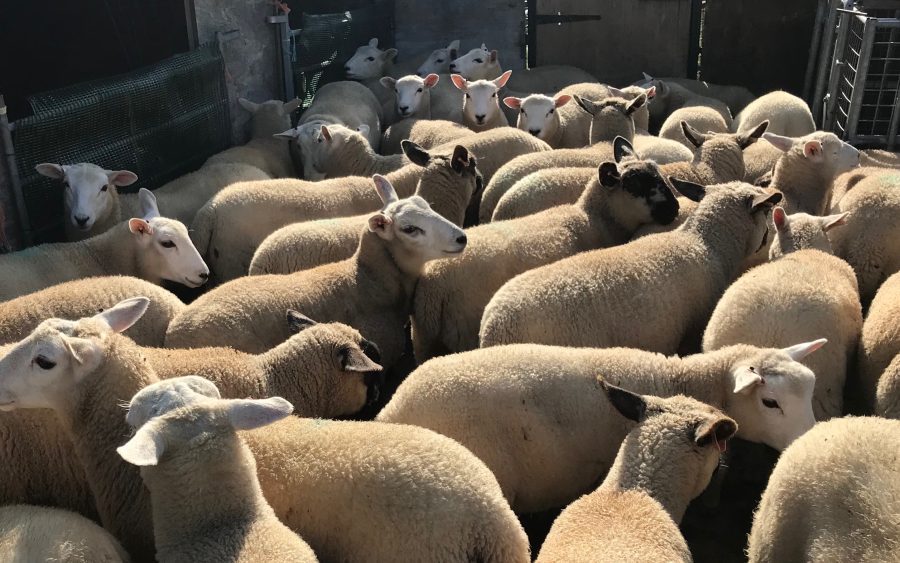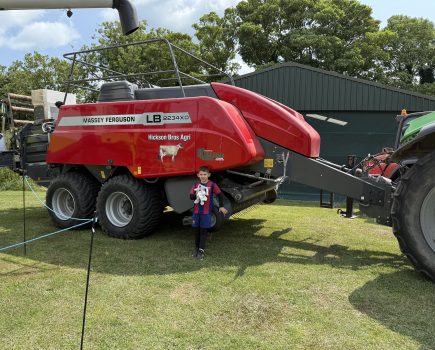The year 2023 has to date been full of surprises. There have been all sorts of primarily weather-related issues that have generated problems for producers, some quite significant. It was interesting looking at the AHDB’s online Forage Knowledge last week, in particular average grass growth figures across the country. These went from 60.7kg/DM/ha per day on 5 May to 75.5kg on the 19th and then falling back to 58.5kg on 9 June, the 19 May figure considerably above the long-term average.
These figures go a long way towards explaining the comment I have heard from numerous producers expressing surprise at just how quickly we seemed to go from not enough grass to too much grass, ostensibly within a matter of days. Sadly, though, as quantity grew much of the quality took a significant dip, summed up quite nicely in a comment made by an old friend from Sussex: “Too much and not enough grass.” That is, a lot of relatively poor-quality grass.
One saving grace is that after such a wet early spring we still have significant reserves of moisture at depth, although there is a limit as to just how far the grass roots can follow it down; it is somewhat reassuring to know that some of the herbs and deeper rooting elements in my, now rather random. permanent pasture will, hopefully, be able to tap into the falling soil water table for a little while longer and at least maintain some sort of semblance of a green sward. Sadly, that does not alter the fact that we are now in the position where, no with appreciable rain for more than a month, things are starting to dry up quite rapidly. As the old saying goes, two weeks of dry weather needs a day of steady, soft rain to make up any deficiency; on that basis we need two or three days of good steady rain just to catch up, and the chances of that occurring in the immediate future look slim.
Faced with a strong chance of the dry weather persisting, and in the position where there is plenty of grass in front of the sheep but of somewhat dubious and diminishing quality, I am somewhat reluctant to start topping off too much (apparently we are now supposed to refer to it as “resetting the grass”) even as some grass is beginning to head. I see little point in having nice tidy paddocks with grass that is too moisture stressed to produce any significant regrowth; in the paddocks that I have topped (reset), the removal of a bit of cover seems simply to have speeded up the appearance of dry patches.
I might be pleased to have a standing hay crop in a few weeks’ time; even if rather untidy it may well, with the addition of some molasses blocks to feed the rumen, provide adequate belly fill to carry them through the worst of the summer – or is that just wishful thinking?
The major surprise, though, has been how remarkably well the ewes looked when their coats came off, I really was pleasantly surprised at just how fit they were. I haven’t yet condition scored, but nothing looks to be unduly plain; most really are looking quite fit, with a few even looking rather too good for the time of year.
What was particularly pleasing and surprising was that even after the challenges of last summer, resulting in a number of ewes being in sub optimal condition going to the tup, they still managed to perform well. Although some of the shortcomings had been resolved by the time they lambed, I did fully expect that they would suffer a bit during lactation, particularly with them lambing at 200%. Not only have the ewes maintained condition, but they have also managed to milk well and produce some very good lambs to weaning. We weaned 196% (at shearing), with the lambs, averaging 11 to 12 weeks of age, looking remarkably well with no stragglers and a number around the 40kg mark just about ready to go.
By doing their lambs so well and retaining much of their body condition during a relatively poor grass season, the ewes have exceeded expectations, a performance that seemingly defies logic (I know that many other producers have experienced similar). I have always been of the view that sheep need to be challenged from time to time to avoid slipping into complacency; it is only by challenging them that we can begin to fully understand just what they are capable of, just as long as the level of challenge does not compromise welfare.
It is conceivable that after the challenges of last season the sheep have responded by exhibiting a degree of “phenotypic plasticity”. This is a survival mode, where, although DNA remains unchanged, the way in which specific genes are expressed changes in response to significant environmental challenges, increasing the efficiency of the way they use the feed resources available to them. That’s sheep; full of surprise; it’s what makes them so “interesting”.







